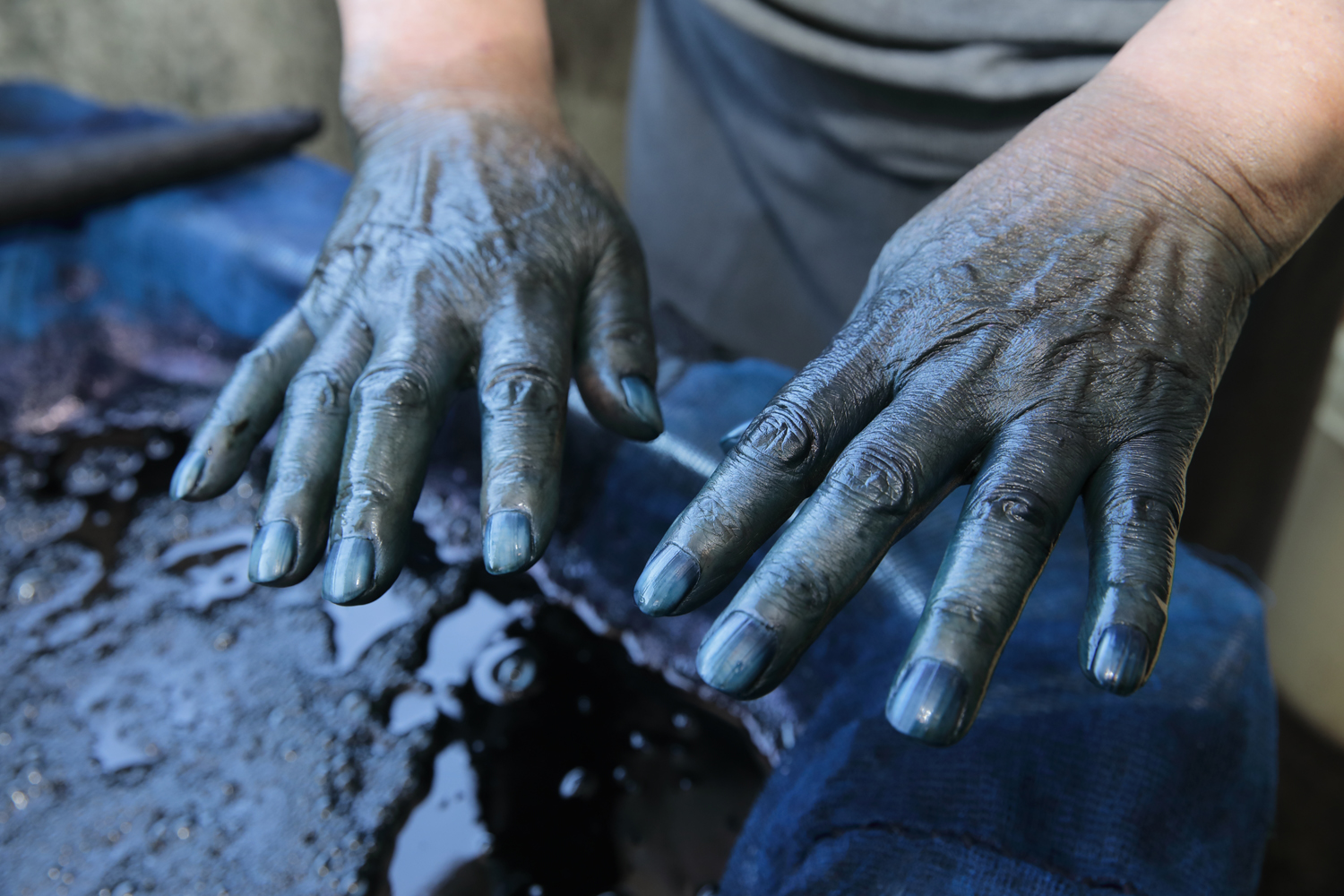
 | FEATURE ARTICLES | Creation Through the Blessings of the Land
| FEATURE ARTICLES | Creation Through the Blessings of the Land 
The first generation of the Shinohara family moved from Tokushima and began growing indigo plants in 1895. At their peak, the Shinohara family owned 160 to 180 hectares of land. However, the price of domestic indigo declined due to the increase in imports, and indigo production diminished all over Japan.
The Shinohara family has been producing indigo since the first generation, but there was a period of about eight years when they abandoned indigo and became dairy farmers, raising cows.
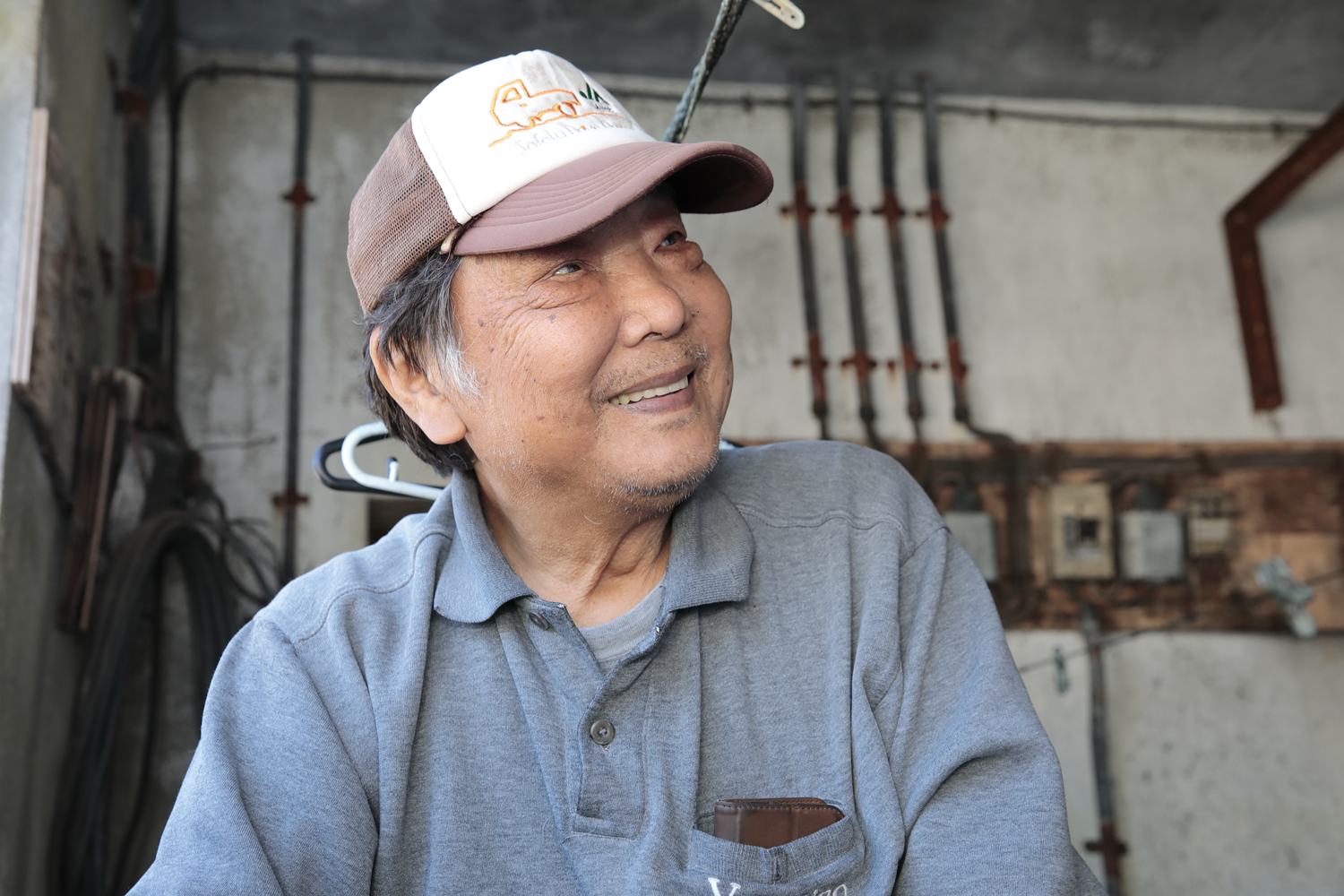
"I learned how to grow indigo plants and how to make indigo dye by watching my father. My son is the same way. He learns quickly," says 74-year-old indigo expert Shinohara Kazutoshi.
The one person who is responsible for keeping the seeds alive is his grandmother, Kame. She told her son, "Indigo will surely make a comeback, so I'll have the seeds ready just in case," and she cultivated indigo plants to have seeds on hand every year.
One time, an indigo dyer from outside of Hokkaido said to me in tears, "The price of indigo dye has gone up considerably. If nothing is done, there will be no indigo dyers left in Japan. Something must be done." The Shinohara family resumed their indigo farming business in 1980. Today, they are proud of the quality of their indigo, which is recognized by Tokushima University.
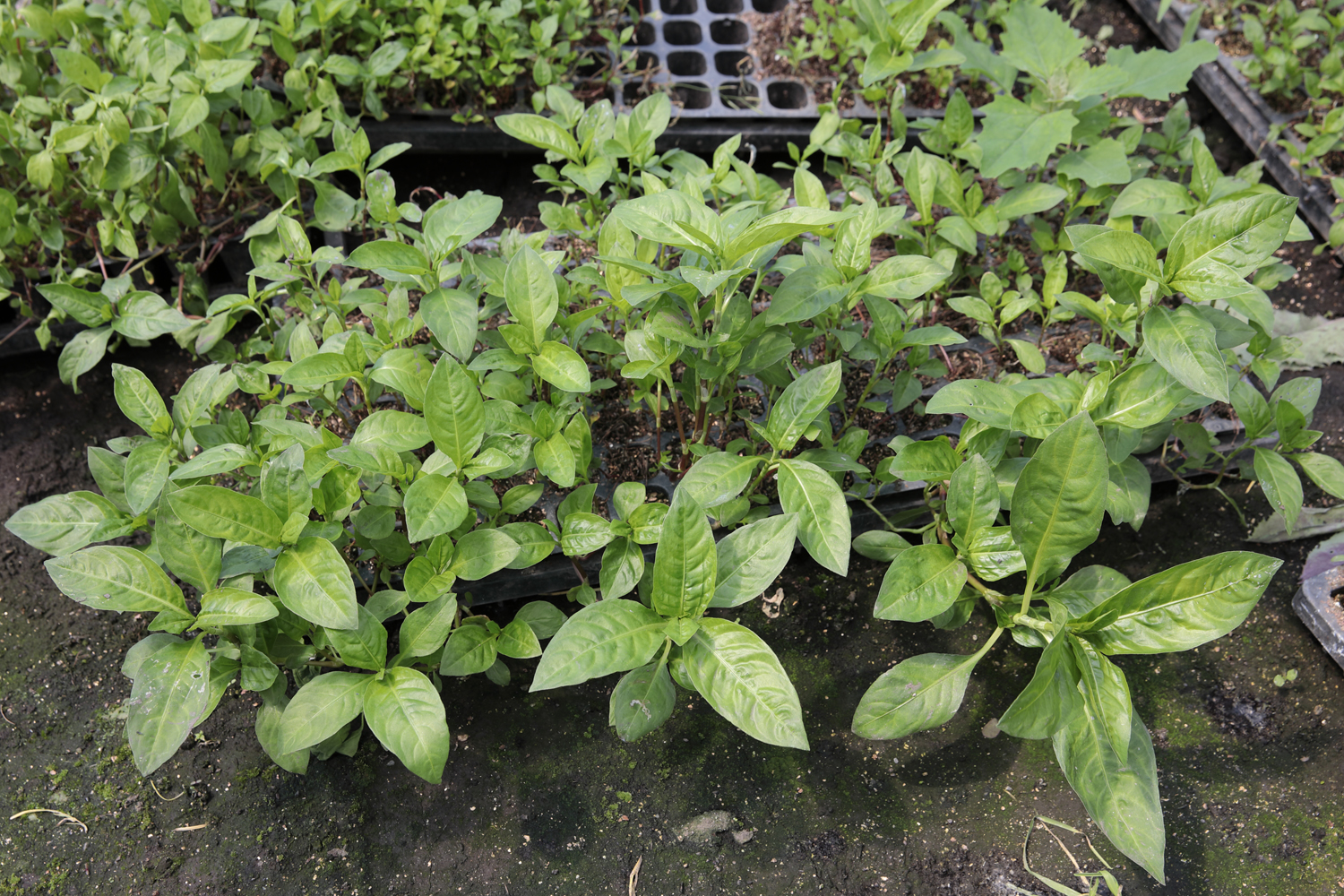
The Shinohara family plants a mixture of white and red seedlings
Currently, 3 ha of the Shinohara family's indigo field is used for indigo dye and 2 ha for the following year's seeds, which are sown in early April and cultivated in a plastic greenhouse until they grow into 15 cm seedlings. Seedlings are transplanted into the field in late May or early June. They are harvested when they have grown to 50-70 cm in length, before they blossom. Normally, the first harvest takes place in August, and the second harvest takes place in late September to mid-October. The harvested plants are left in the fields for about 4 days to dry the leaves naturally. The plants are matured for 4 months in Date to produce indigo dye. The dye is completed at the end of February, and after it cools down, it is put through a threshing machine and ready for shipment in March or April.
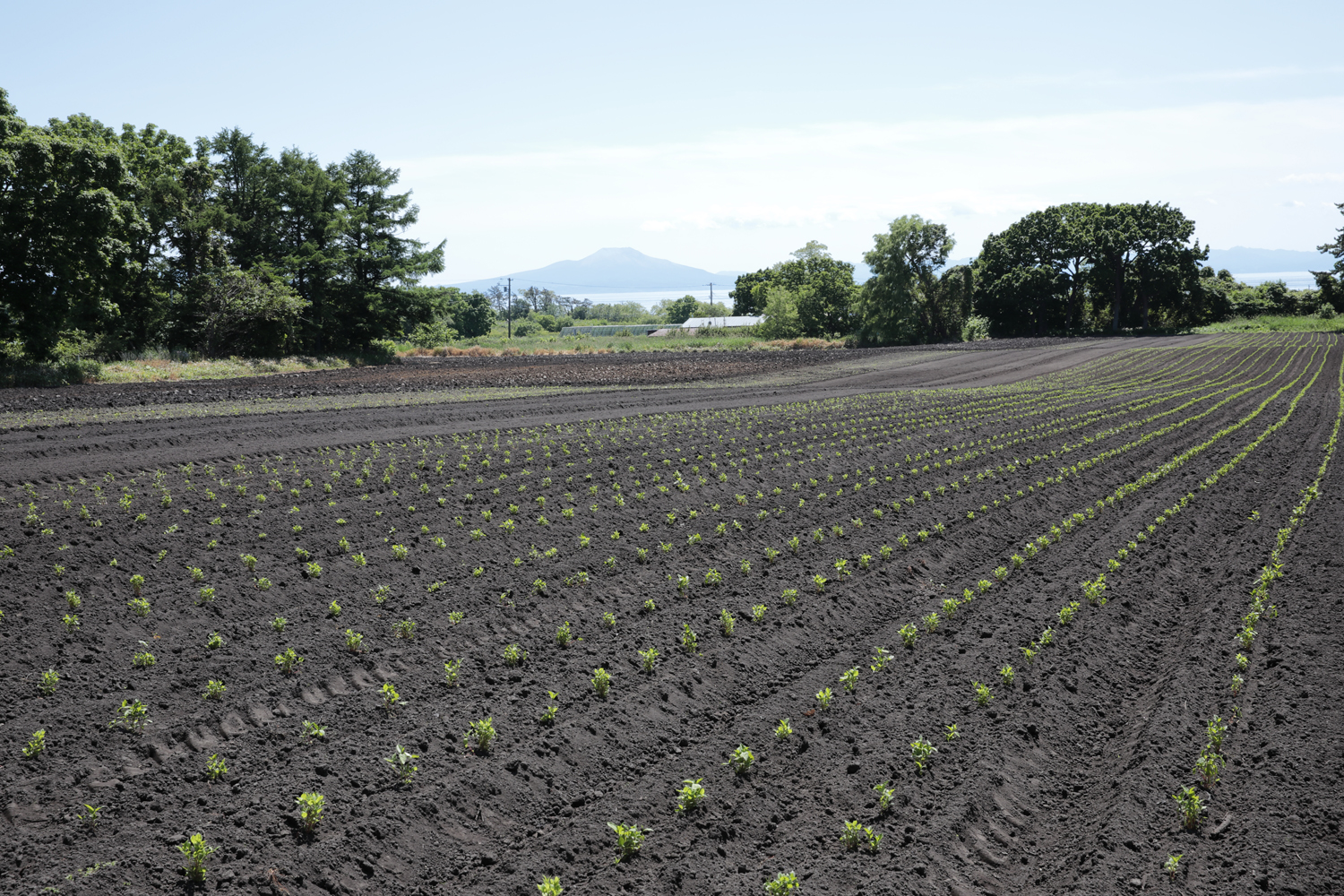
Indigo plant fields
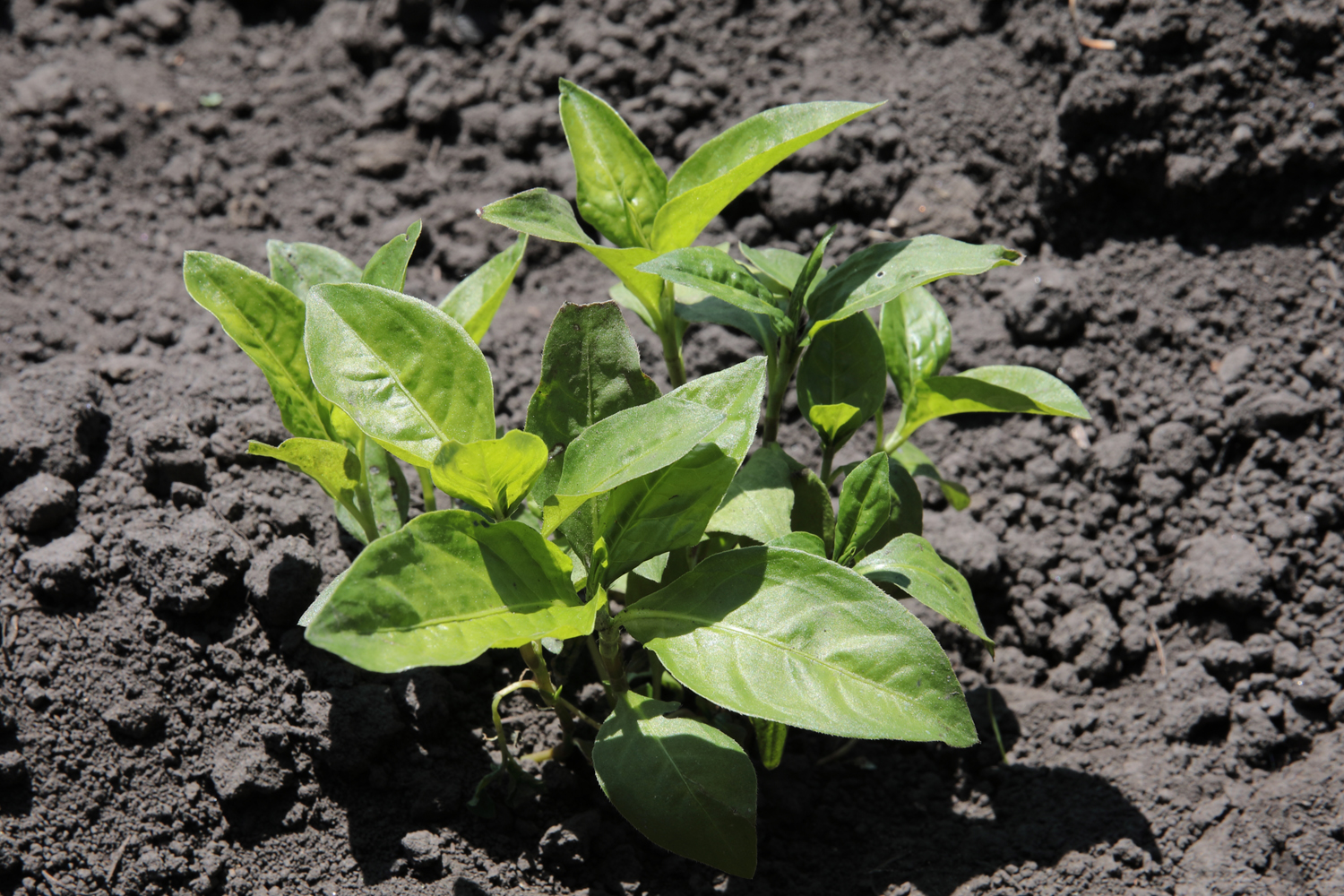
Indigo will lose vigor if not watered frequently
Kazutoshi proudly explains, "We put a lot of compost of cow manure in our fields. That's why we can produce a deep indigo color that chemical fertilizers cannot produce."
The most sensitive part of the process of growing seedlings to produce indigo dye is the fermentation of the indigo leaves. This is because the fermented leaves become dye, and if they are not fermented adequately, the dye will not develop into a deep indigo color. "Anyone who is a farmer can grow indigo, but the production of dye has its limits."
Kazutoshi says that the most satisfying moment for him is, "Just before the indigo dye is ready, I take a handful of it and smell it, and it smells like honey. The sweet smell is indescribable. It makes me feel that this year's hard work was worth it."
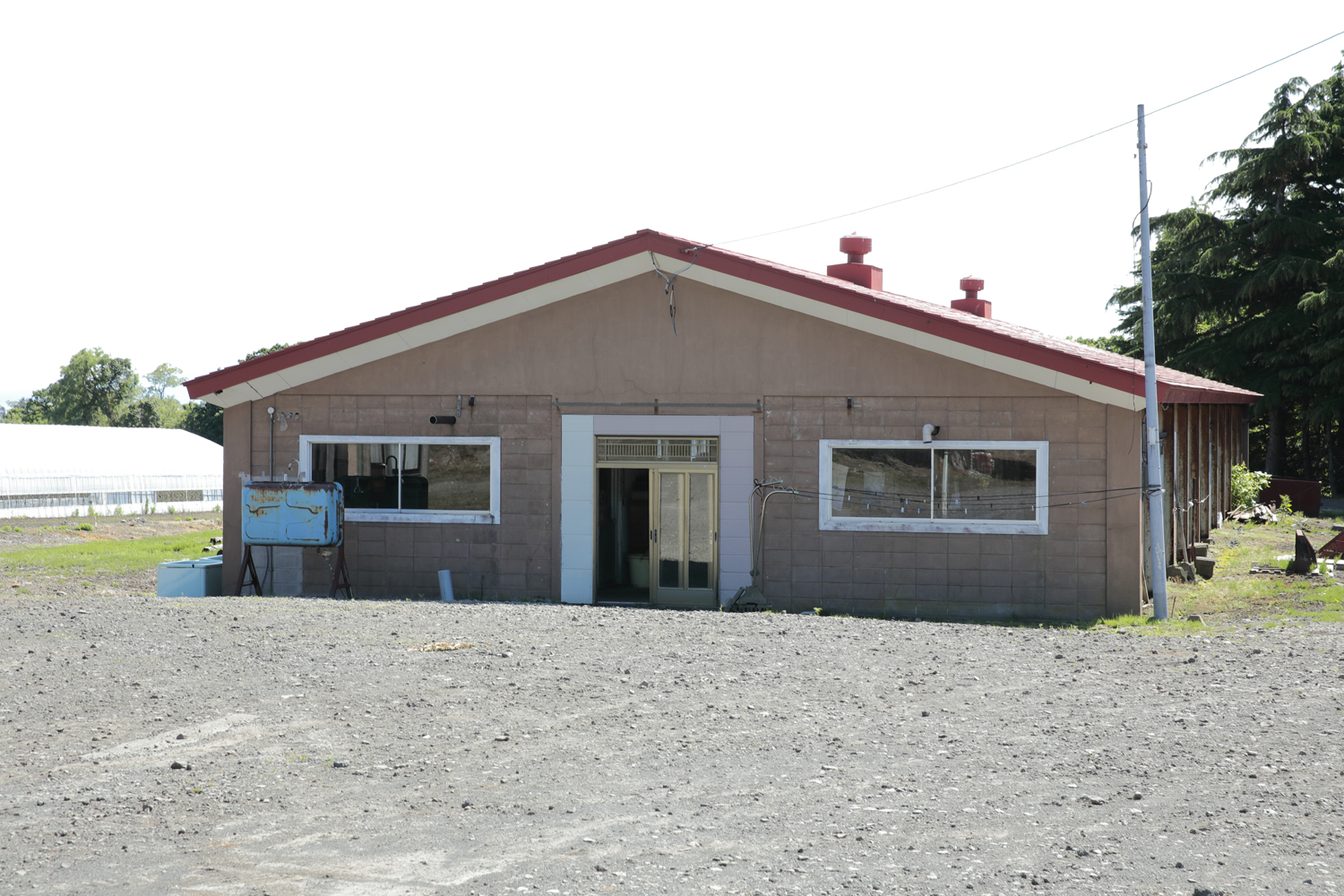
Indigo workshop that used to be a cowshed
None of the indigo plant is discarded. The fermented leaves become indigo dye, and the remaining stems have absolutely no value as a dye, but are useful as a material for fermenting chemical dyes. "We ferment the leaves for four months, so the dye turns out better," he says.

Indigo dye used as dye
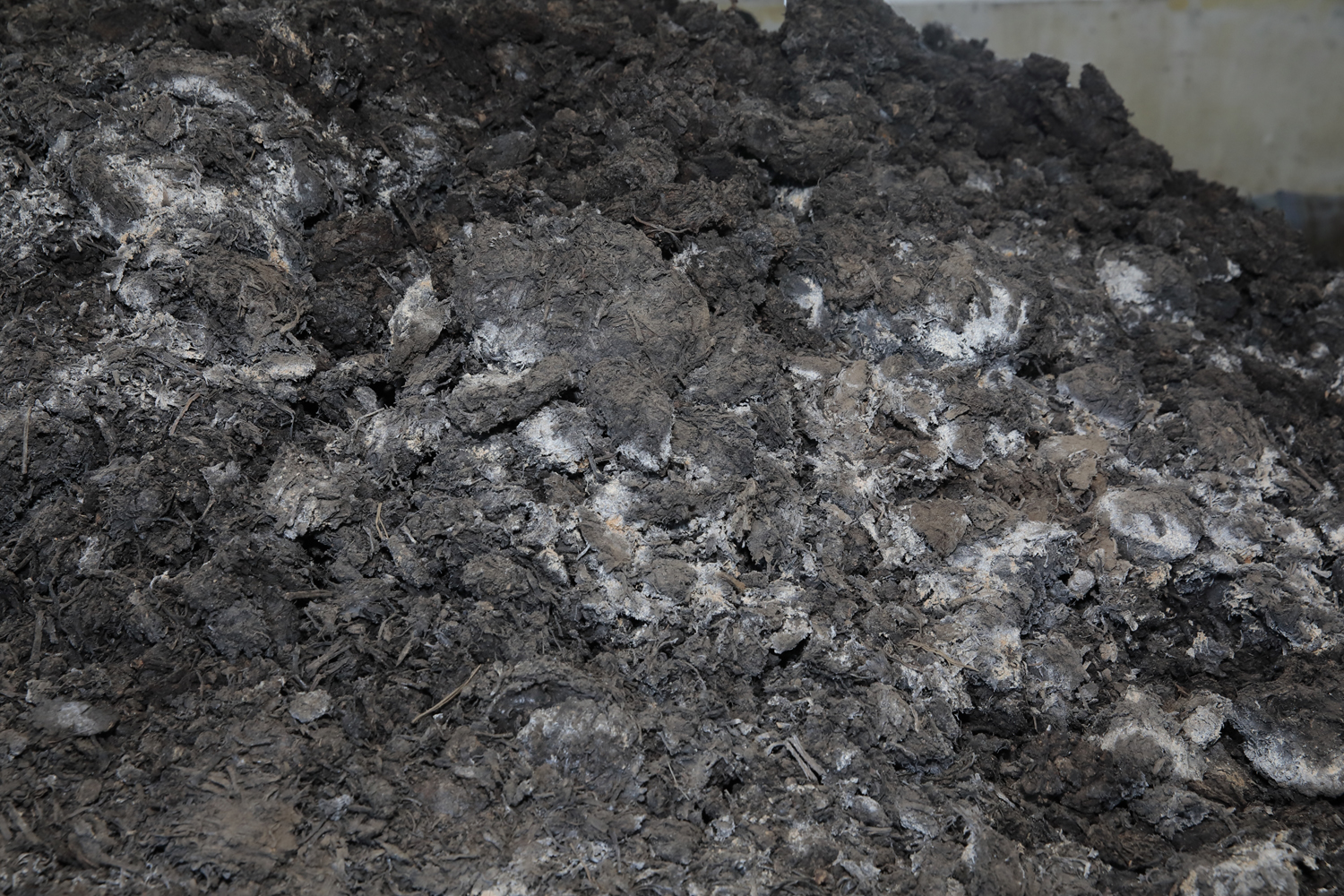
Fermented indigo stems
Although they had been producing indigo dyes for generations, it was not until Kazutoshi's generation that they acquired dyeing knowledge and skills. "I wanted to know how good the quality of the dyes we produced was. I wanted to make indigo dyes that I could be confident in through the entire process, so I trained for six years at an indigo dyeing studio in Hanyu City, Saitama Prefecture. I learned how to ferment, how to produce colors, and the basics of dyeing there," he says.
Hanyu City has been an indigo-dyeing town since the late Edo period (first half of the 19th century). Today, it is still known throughout Japan and the world as Bushu Sho Aizome.
We decided to dye a hemp cloth that we had brought with us.
Hemp is very easy to dye with indigo. Before dyeing, the cloth is washed in water, drained, and placed in the dye solution. The cloth is spread out so that it does not protrude from the solution or overlap, and shaken without bringing it into contact with the air. The temperature of the solution is 20-25ºC, After approximately 3 to 4 minutes, the cloth is pulled up and wrung out to reveal a beautiful green color. “It is green now, but gradually becomes a deep green, then turns blue when exposed to air, and becomes a beautiful navy blue when washed with water. The process of dyeing and exposing to the air is repeated several times until the desired shade is reached.”
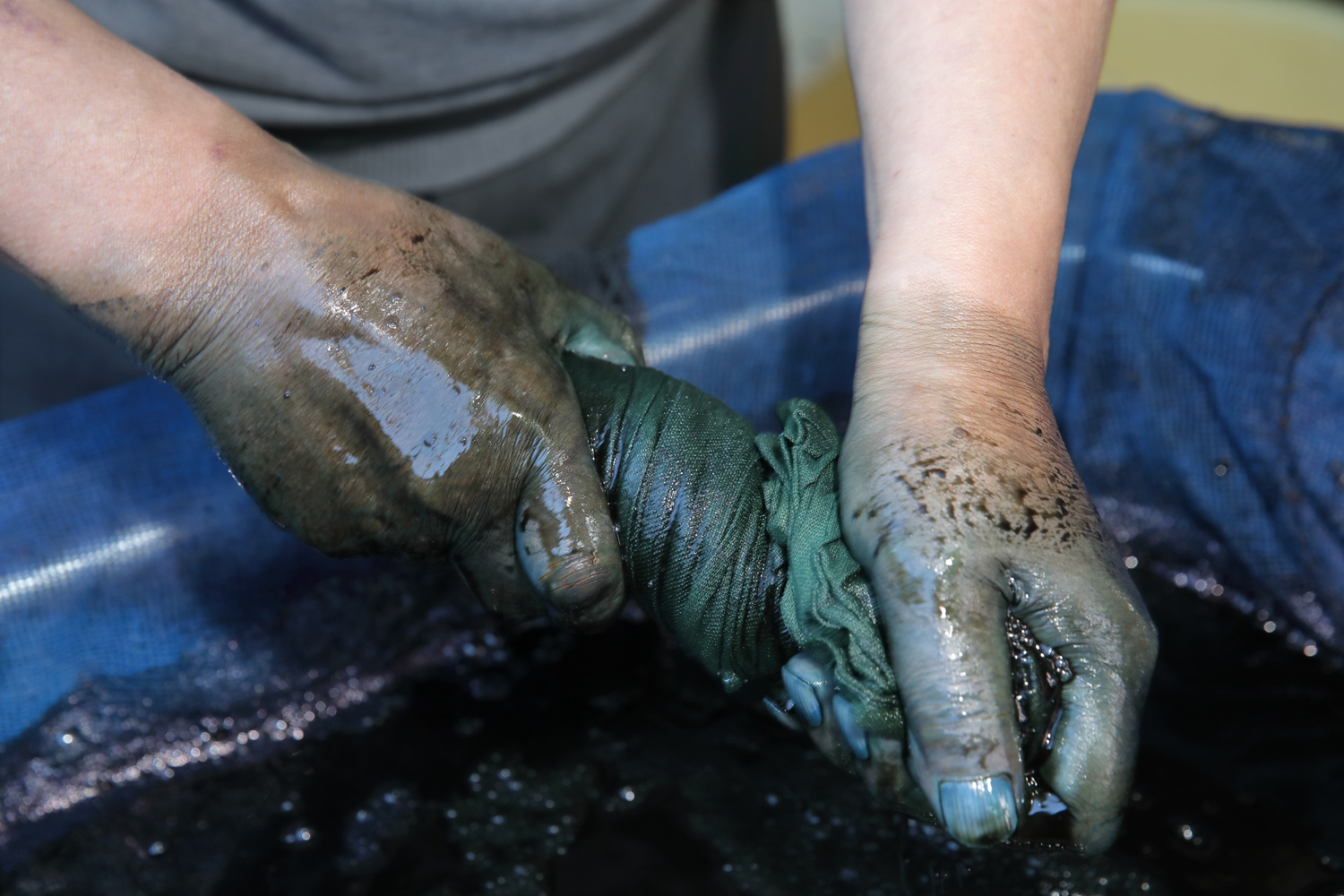
Green cloth just after being taken out from the dyeing solution
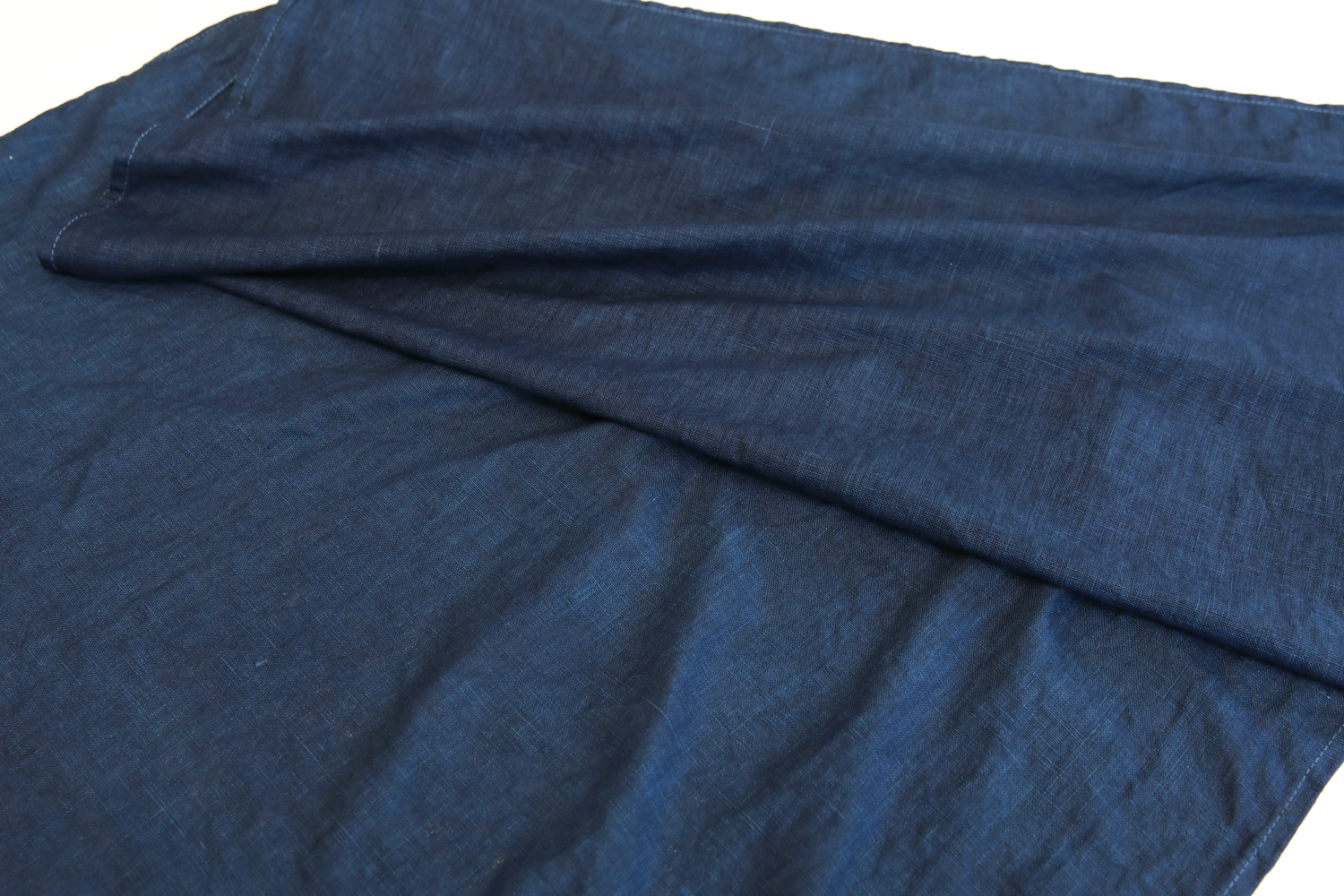
Hemp cloth dyed three times
He also teaches at the Date Indigo Dyeing Meetings held twice a year in Asahikawa and Sapporo. He says with a smile, "What makes this job worthwhile is that I have confidence in the indigo I make. A jeans store in Sapporo is now trying to develop new products using our indigo, and their passionate employees are visiting the workshop. It is rewarding to be able to convey the value of indigo to young people as well."
Aizome no Sato Indigo Shinohara 
Kita-Kogane-cho 49-1804, Date, Hokkaido, Japan
Tel.:0142-24-3611
FAX:0142-24-2704